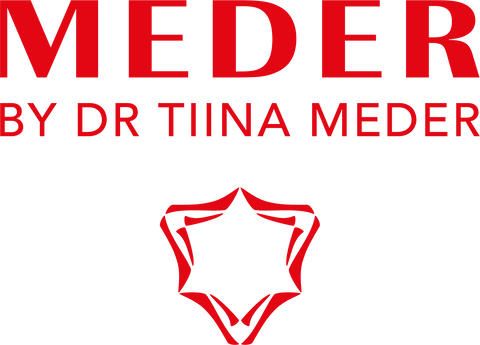Besides escin, horse chestnut fruit contain many proanthocyanidins with anti oxidant action, and flavonoids, notably quercetin, isoquercetin, and rutin, same as in green tea. Flavonoids strengthen the blood vessels and reduce inflammation, among other things.
Another class of ingredients found in abundance in horse chestnut fruit is coumarins, namely esculin and fraxin. This makes horse chestnut similar to tonka beans, that were the first source of coumarin. Coumarins are aromatic molecules, widely used in perfumery, and also anticoagulants — the agents reducing the viscosity and coagulation of blood and lymph.
In 2001 Cochrane confirmed that horse chestnut extract works, which officially makes it a pharmaceutical substance with objectively and reliably proven efficacy — an extremely rare case for herbal preparations, and a practically unique one for cosmetic ingredients.
What it means is that the use of any external medicine with a proper concentration of horse chestnut will not only improve the look of the skin, but also be therapeutical for blood vessels and surrounding tissues.
By now it has been scientifically confirmed that horse chestnut extract has anti inflammatory, anti edematic, and vein strengthening (venotonic) effect.
Escin reduces the permeability of vascular walls and decreases the enzyme activity that destroys the proteins of the capillary walls, thus stopping liquids and electrolytes from permeating through vascular walls into the surrounding protein tissues. Calcium, remaining in the capillaries, enhances the regeneration process, and the syntheses of harmful substances reduces in the first days of use. And on top of this aescin decreases the activity of the enzymes destroying hyaluronic acid, one of the primary structural molecules of the skin. Hyaluronic acid retains water in all skin layers, and when it is destroyed, the skin’s dehydration brings about wrinkles, dryness and flakiness. When the hyaluronidase enzymes’ activity is suppressed, the skin quickly restores its thickness and resilience and instantly looks much better. The proanthocyanidins of horse chestnut act as free radicals trap, simultaneously suppressing the activity of the enzymes that destroy collagen and elastin, thus allowing the vascular walls of small capillaries to regenerate—and in time they can even make spider veins disappear completely. Recently it was confirmed that horse chestnut has an anti sun effect as well. The extract itself does not reduce the harmful impact of sun rays, but it enhances the efficacy of other protective ingredients significantly and preserves the integrity of the cell membranes’ lipids. When added to sun screens horse chestnut extract reduces the skin’s redness caused by the sun and speeds up the regeneration process after sun tanning.




